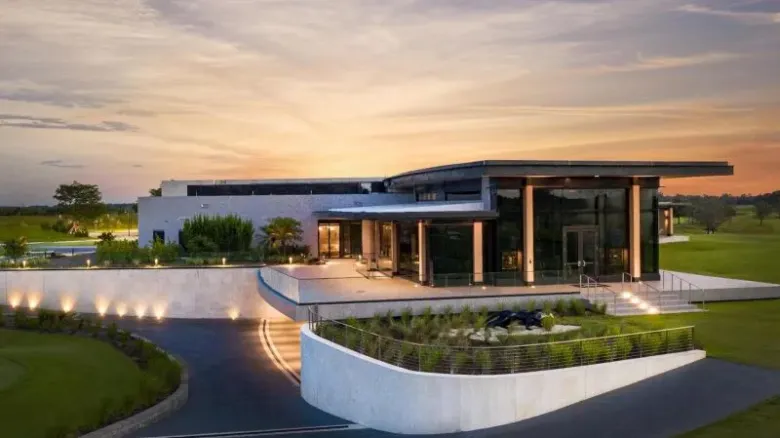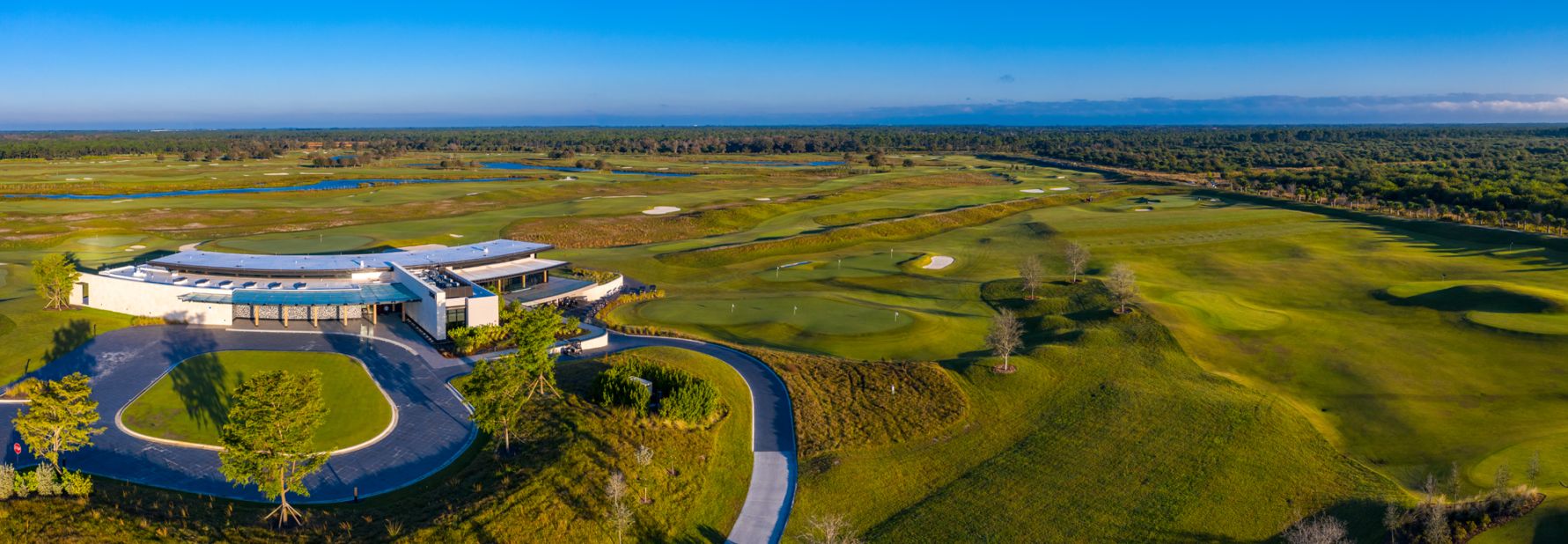The story behind Michael Jordan’s ultra-private, ultra-exclusive personal golf course
Photos
There’s one small corner of the world that Michael Jordan cherishes more than any other — his own personal haven of sporting bliss.
But it’s not in Chicago. In fact, there isn’t a basketball court or hoop in sight.
Even as he was staking his claim in the 1990s as the greatest player the NBA has ever seen, the Bulls icon was a regular guest on the golf course. These days, though, he hosts.The Grove XXIII – a nod to his signature No. 23 jersey — is Jordan’s very own golf paradise, a private club tucked away on the outskirts of Hobe Sound, Florida. Ultra-exclusive, few have seen it, and even fewer have played it.
First contact
For Bobby Weed, it was at once the most straightforward and most difficult brief he had ever received: “Build me the best golf course. Build me the best driving range.”
And there had been plenty of briefs before. A protégé, then close friend, of legendary course designer Pete Dye, the South Carolinian served as the PGA Tour’s chief architect before launching his own course design company in 1994.
With Tiger Woods headlining a member’s list that reads like a who’s who of the game’s elite, the Medalist is a private club that attracts a star-studded cohort of visitors. Among them was Jordan, a keen admirer of the revamp and who, in late 2017, was on the hunt for a course architect.
A meeting later, Weed’s team was signed on to construct a golf kingdom fit for “His Airness.” As one of history’s most famous athletes, and with a net worth edging towards the $2 billion mark, according to Forbes, Jordan was a special category of client.
“I knew that it would get a lot of attention because of MJ,” Weed, 68, told CNN.
“I knew that there was some fanfare associated with it and I didn’t want to let him down.”
The land was secured soon after, some 200-plus acres of former citrus grove, next to Atlantic Ridge State Park. As he often does for projects, Weed lived on site, making the 265-mile switch across the state from Ponte Vedra Beach.
Weed was all-in, and encouraged Jordan to be as engaged as he wanted to be in developments, inviting him to come out once weekly to track the progress. Jordan often visited multiple times a week.
Weed likens his role as course architect to that of a quarterback: calling plays for a large roster of consultants. Watching Jordan in discussion with the team during one early meeting, he got the impression of a coach interacting with his players.
“I think one of his qualities is he was such a good listener, and he absorbed everything that you were discussing,” Weed said.
“He didn’t come out and say ‘do this or do that.’ He came out and observed and was a great listener, and he let me do my job.”
























































 Most Popular
Most Popular 
 Thanks to 129 million drams of donation from Karen Vardanyan, 17 new musical instruments were provided to the Armenian National Philharmonic Orchestra
Thanks to 129 million drams of donation from Karen Vardanyan, 17 new musical instruments were provided to the Armenian National Philharmonic Orchestra




